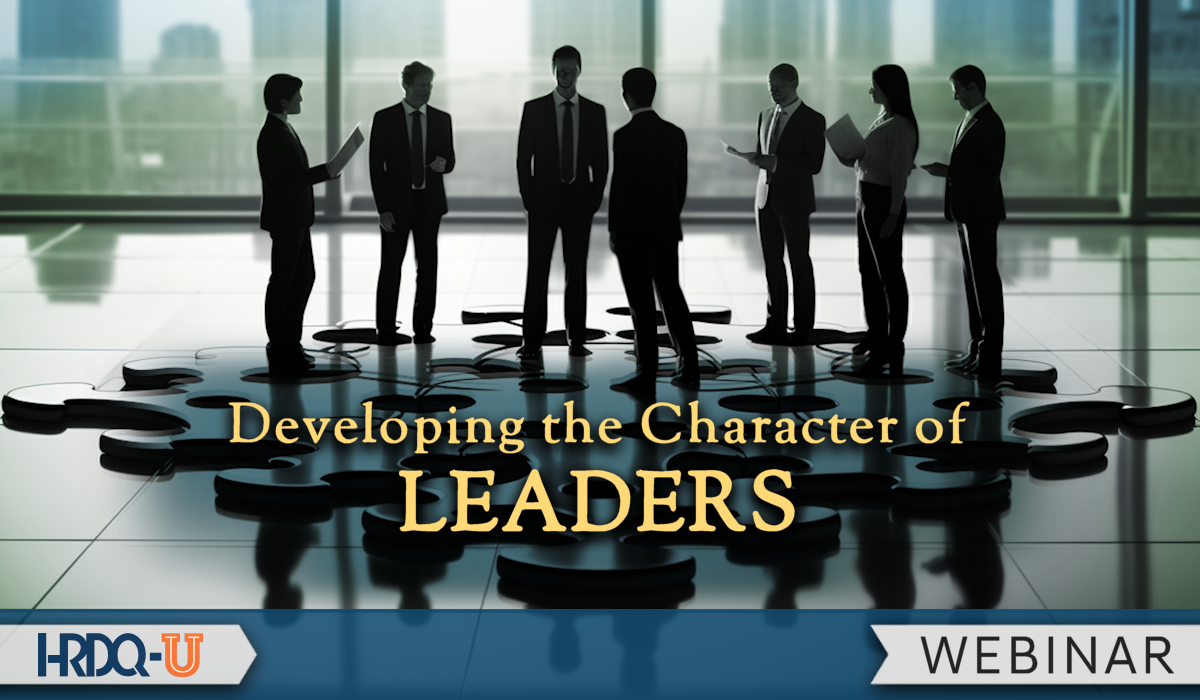What is Vertical Development?
Horizontal development is a developmental approach that focuses on improving one’s knowledge, skills, and abilities. It is similar to downloading an app onto an iPad. Adding that app broadens the iPad’s functionality.
Our educational systems, athletic programs, and organizational development efforts primarily focus on horizontal development: improving knowledge, skills, and abilities.
While horizontal development is valuable and needed, it has a significant limitation: It doesn’t improve one’s ability to effectively navigate stress, pressure, complexity, ambiguity, and social situations.
For example, I recently did a leadership development workshop for medical doctors moving into hospital leadership. They said that 100% of their medical training focused on horizontal development (i.e., developing the knowledge, skills, and abilities to treat patients). But, 0% of their medical training focused on dealing with the stress, pressure, rigors, and challenging social situations that would be a part of their job. If we want that, we need vertical development.
Vertical development is a developmental approach that focuses on enhancing one’s character, psyche, and conscientiousness. It is similar to upgrading the iPad’s internal operating system. An individual may not be able to do more through vertical development, but they can employ what they can do a lot more effectively. This is because the focus and result of vertical development is to improve and elevate one’s cognitive and emotional sophistication, or mental maturity, allowing them to approach, think through, and navigate their difficult situations at a higher, more effective level.
The Theory and Research Behind Vertical Development
Vertical development is rooted in developmental psychology, specifically adult development theory. As discussed in Lisa Laskow Lahey and Robert Kegan’s book, Immunity to Change, adult developmental psychologists have found that just as children have different developmental stages, so do adults. But, what is fascinating is that while children develop automatically (as a function of age), adults do not develop automatically. They develop as a function of effort.
Specifically, adult developmental psychologists have found that there are three adult development stages and that most adults do not develop during adulthood. Allow me to briefly identify and explain these stages.
Adult Development Stage #1
Adults in the first adult development stage have an internal operating system that is wired for safety, comfort, and belonging. As such, they want to do what is right, they don’t want problems, and they want to be viewed favorably by their peers. They are also reluctant to lead or take charge, as that feels unsafe and uncomfortable to them.
Research has found that 64% of all adults operate at this stage, but only 7% of executives operate at this stage.
Adult Development Stage #2
Adults in the second adult development stage have matured their internal operating system such that they are now wired to stand out, advance, and get ahead. In fact, they are now willing to be unsafe, uncomfortable, and not belong in order to stand out, advance, and get ahead. At this level, they want to take charge, lead, and accomplish goals and achieve results.
Research has found that 35% of all adults operate at this stage, and 85% of executives operate at this stage.
Adult Development Stage #3
Adults in the third adult development stage have again matured their internal operating system. At this stage, they no longer want to “stand in” (Stage 1) or “stand out” (Stage 2). Instead, their internal operating system is wired to contribute, add value, and lift others. These are people who are willing to be vulnerable, push against convention, and explore different perspectives; they are deeply emotionally intelligent, and are humble servant leaders.
Research has found that only 1% of all adults operate at this stage, and only 8% of executives operate at this stage.
When we think about the quintessential great leaders (e.g., Martin Luther King, Jr., Nelson Mandela, Abraham Lincoln), these are leaders who seemed to operate at this Adult Development Stage #3.
Why is Vertical Development Needed in Organizations?
The reality is that we need leaders and employees who have the cognitive and emotional sophistication, mental maturity, and character to be able to effectively process and navigate change, stress, pressure, complexity, and ambiguity. The only way we will get such leaders and employees is if organizations emphasize and invest in vertical development.
To help further explain the value of vertical development, consider these Five Laws of Vertical Development:
- As leaders elevate in their vertical development altitude, they become more capable of effectively navigating tumultuous market conditions because they can:
- Better regulate themselves (responders vs. reactors).
- See further (long-term vs. short-term).
- Think more strategically (purpose-driven vs. outcome-driven).
- Leaders put into place organizational structures, practices, and policies that emerge from their vertical development altitude.
- The culture of an organization is a reflection of its leaders’ vertical development altitude.
- Organizations cannot evolve beyond their leaders’ vertical development level.
- The most effective way of transforming an organization is to help its leaders elevate in their vertical development altitude.
How to Employ Vertical Development
There are a variety of ways to employ vertical development that span from coaching for imposter syndrome to engaging in trauma healing therapies.
From my study and experience, the best and most approachable way to engage in vertical development in an organizational setting is to focus on helping leaders and employees awaken to and improve their mindsets.
Mindsets are essential to focus on because they (a) differ from knowledge, skills, and abilities that are associated with horizontal development, and (b) are more connected to our body’s internal operating system and how we naturally and instinctively process our world.
When I work with organizations, this is generally my process:
- Introduce the topic of vertical development (webinar).
- Introduce the power and importance of mindsets (webinar).
- Use self-assessments to help leaders and employees awaken to the current quality of their internal operating system.
- Structure activities, systems, and continued workshops to help leaders and employees elevate their internal operating system through a focus on their mindsets.
Conclusion
Few people know what vertical development is. As a result, they are largely left focusing on horizontal development to elevate themselves, their leaders, and their employees. Unfortunately, horizontal development is not able to bring about many of the developmental outcomes we want for our leaders and employees, including greater emotional intelligence, agility, resilience, empathy, humility, strategic thinking, and future readiness.
But, if you can focus on vertical development, it can be a significant competitive advantage for you, your leaders, and your organization as a whole. This is because as you help your leaders and employees elevate, you raise the ceiling for success for your organization.
Having read this:
- Do you employ vertical development in your developmental efforts (for yourself or others)?
- Are your leaders and employees familiar with what vertical development is?
- Are you focusing on mindsets as a way to help vertically develop yourself, your leaders, and your employees?
















